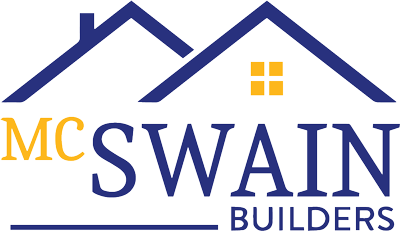Cost-Plus Construction Contracts
The most common method to secure a relationship between a Builder/General Contractors and a customer in the Roaring Fork Valley is a “Cost-Plus Construction Agreement/Contract.”
The purpose of the Cost-Plus Construction Agreement is to minimize risk for all parties involved in a construction project including, most importantly, the customer. The agreement also protects the builder and all the subcontractors + suppliers involved in a project. Also included in the agreement are Plans/Specs and a detailed Project Budget. An architect normally supplies the Plans and Specs, and the builder provides the Project Budget. These three documents – 1. the Cost-Plus Construction Agreement, 2. the Plans & Specs and 3. the Project Budget – are all reviewed, agreed upon and signed before work begins on any new project.
Regarding the estimate aka the Project Budget, the Builder provides an estimate to the client for all the work to be performed. This estimate normally includes a weekly fee for managing the project. This fee is called the Project Management fee. Once the actual cost of the project is determined, the Builder adds his General Contractor (GC) fee to the bottom line. The GC fee is also referred to as the Builder’s profit and overhead.
The GC Fee is a percentage of the total project cost (including the estimated Project Management fee). This percentage is normally between 10-20%.
- A lower GC fee structure applies to larger jobs including new construction, and projects where the scope of work is very clearly defined.
- A higher GC fee applies to more complex jobs, smaller jobs, and jobs where the scope of work is not clearly defined.
Lastly, general contractors like McSwain Builders pass on the cost of General Liability Insurance to their customers. Insurance is a percentage of the total job cost, and it normally falls between 1.5% and 2% of the total project cost.
